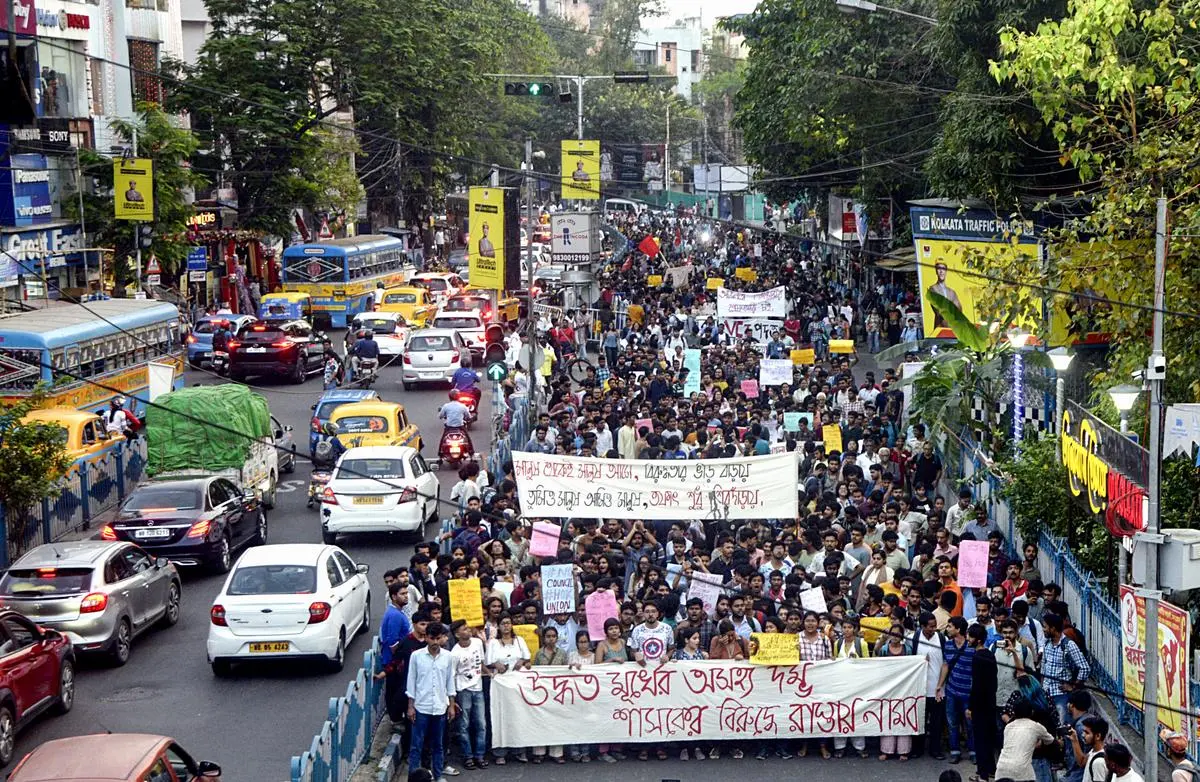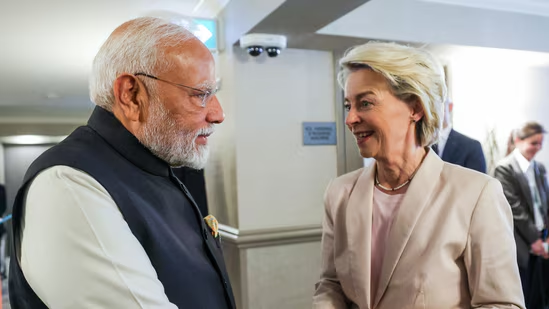Now Reading: Jadavpur University Tops as Bengal’s Pride, Calcutta University Faces Decline
-
01
Jadavpur University Tops as Bengal’s Pride, Calcutta University Faces Decline
Jadavpur University Tops as Bengal’s Pride, Calcutta University Faces Decline

Bengal’s higher education landscape is witnessing a sharp contrast, with Jadavpur University emerging as India’s best state university while Calcutta University struggles with a noticeable drop in rankings. The shift reflects changing academic standards and challenges that are shaping the future of students across the state. For many, the rise of one institution and the decline of another signals a turning point in Bengal’s long academic legacy.
Jadavpur University has consistently been known for its strong research culture, diverse academic programs and student activism. Its recognition as the country’s best state university underlines the institution’s ability to maintain high standards despite funding challenges and infrastructure limitations. The university continues to attract students from across India, including Tier 2 cities, who view it as a gateway to affordable yet quality higher education.
On the other hand, Calcutta University, once regarded as one of the finest in Asia, is struggling to keep pace. The recent fall in rankings has raised concerns over administrative hurdles, lack of innovation and inadequate global visibility. Faculty shortages and reduced focus on research have also been pointed out as reasons for its decline. For students who once saw Calcutta University as a first choice, the shift is both disappointing and worrying.
The contrasting fortunes of the two universities highlight the broader challenges facing state-run higher education in India. While some institutions are adapting to new demands through innovation and research, others are being weighed down by bureaucratic delays and limited resources. This has a direct impact on students from smaller cities, who depend heavily on state universities for affordable opportunities and upward mobility.
For Bengal, which has always prided itself on its intellectual heritage, the situation is a reminder that reputation alone is not enough. Sustained investment, modern teaching methods and global collaboration are essential to remain relevant in today’s academic environment. Jadavpur’s rise is proof that excellence is possible, while Calcutta University’s decline shows the risks of stagnation.
As students and educators look ahead, the state must address these concerns to ensure that Bengal’s universities continue to produce talent that contributes nationally and globally. The contrasting trajectories of Jadavpur and Calcutta University serve as a clear signal that higher education in India cannot afford complacency.

























